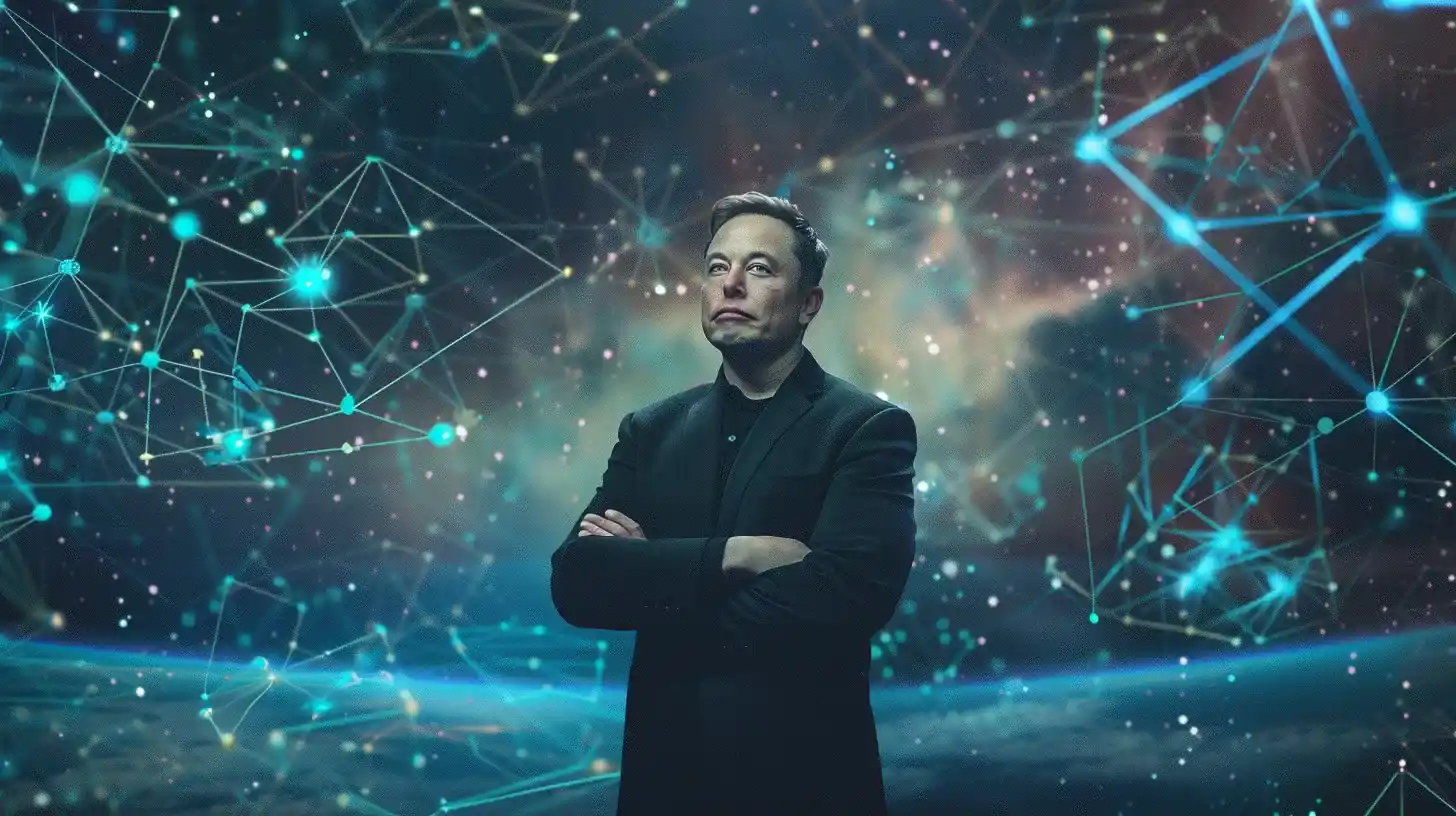Table of Contents
Elon Musk, the visionary entrepreneur behind Tesla, SpaceX, and Neuralink, has once again set his sights on artificial intelligence. His latest creation, Grok, aims to revolutionize online conversations and provide an alternative to OpenAI’s ChatGPT. In this article, we explore its journey, its accessibility, and the ongoing battle between Musk and OpenAI.
Grok’s Arrival on Twitter
Grok AI, developed by Musk’s xAI, is poised to become a familiar presence on Twitter. Starting this week, Premium Twitter subscribers gain access to its capabilities. Musk himself announced this expansion, accompanied by an instructional video on how to engage with the chatbot directly within the Twitter platform.

In other words, it is now stepping onto the Twitter stage, ready to interact with users, share insights, and participate in conversations. Premium subscribers can now harness the power of this AI chatbot, thanks to Musk’s efforts to make it more accessible.
Making Grok More Accessible
Until now, it has been exclusively available to Premium+ subscribers, who pay $16 per month or $168 annually. However, the recent change allows Premium subscribers to enjoy its services at half the price—$8 per month or $84 per year. This move democratizes access to AI-driven conversations, making Grok AI more accessible to a broader audience.
The OpenAI Controversy
In mid-March, Musk’s xAI took a significant step by making its Grok-1 model open source. This move signaled a commitment to transparency and collaboration, allowing developers and enthusiasts to explore its inner workings. But even before this pivotal moment, Elon Musk found himself embroiled in a legal battle with OpenAI and its co-founder, Sam Altman. The clash centered around divergent visions, corporate interests, and the relentless pursuit of innovation. As it continues its evolution, the drama unfolds, leaving us to wonder: Will it live up to its promise, or will further challenges arise? The battle for supremacy in the AI chatbot realm remains far from over.
Related Article: How to Use Grok AI: A Step-by-Step Guide to Access Grok
The Allegations
Musk accused OpenAI of prioritizing profits over humanity’s welfare. He claimed that OpenAI’s generative AI efforts were skewed toward benefiting Microsoft, rather than serving the greater good. The alleged betrayal of the “Founding Agreement” fueled Musk’s determination to create an alternative.
OpenAI’s Response
In response to Musk’s allegations, OpenAI swiftly clarified its position. The organization asserted that there was no formal agreement with Musk concerning the trajectory of their technology. Furthermore, they emphasized that Musk was well aware of OpenAI’s shift toward becoming a for-profit entity and had actively participated in the early planning stages. This legal battle underscores the multifaceted landscape of AI ethics, the clash of corporate interests, and the relentless pursuit of innovation.
The Road Ahead
As Grok steps onto the Twitter stage, it invites users to engage in a dynamic dance of words and ideas. Here’s what lies ahead:
- Conversations and Debates: Grok’s AI presence promises lively interactions. Users can converse with this AI chatbot, seeking answers, sharing opinions, and exploring diverse topics. Whether discussing technology, philosophy, or pop culture, it becomes a virtual companion in the digital agora.
- A Glimpse into the Future: It isn’t just a chatbot; it’s a window into the evolving landscape of human-AI interactions. As users interact with Grok, they catch glimpses of what lies ahead: improved language models, ethical considerations, and the fusion of human creativity with machine intelligence.
- Promises and Challenges: Will Grok fulfill its promise? Only time will tell. Challenges await—fine-tuning, handling biases, and adapting to user needs. But one thing remains certain: the battle for supremacy among AI chatbots rages on. Grok, OpenAI’s ChatGPT, and their ilk vie for dominance, each striving to be the ultimate digital conversationalist.3